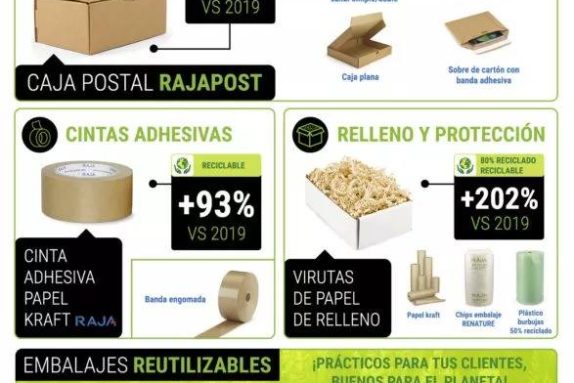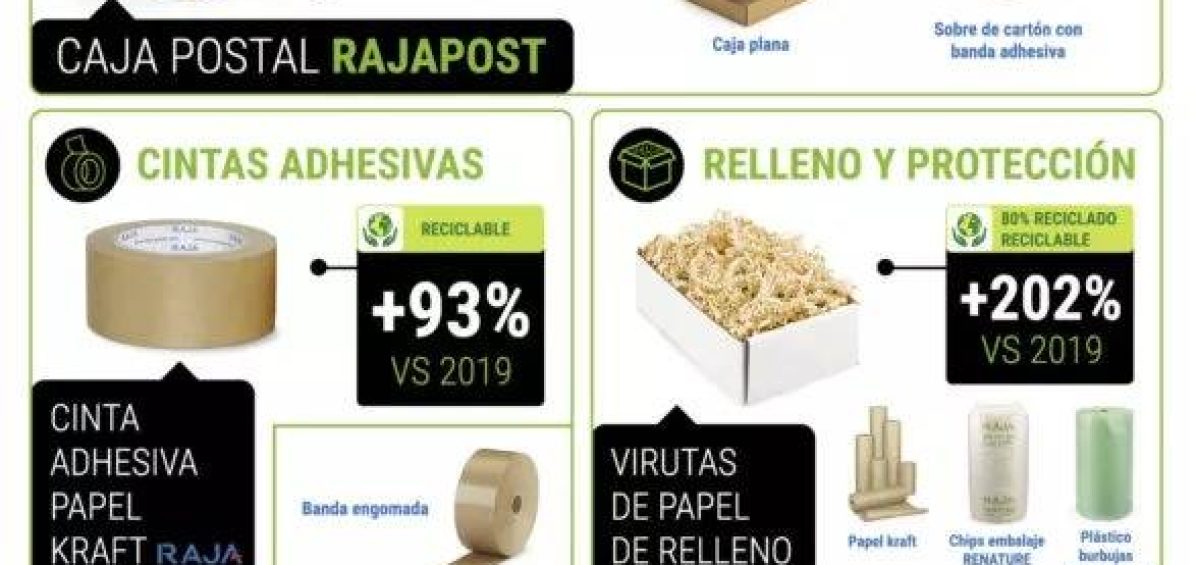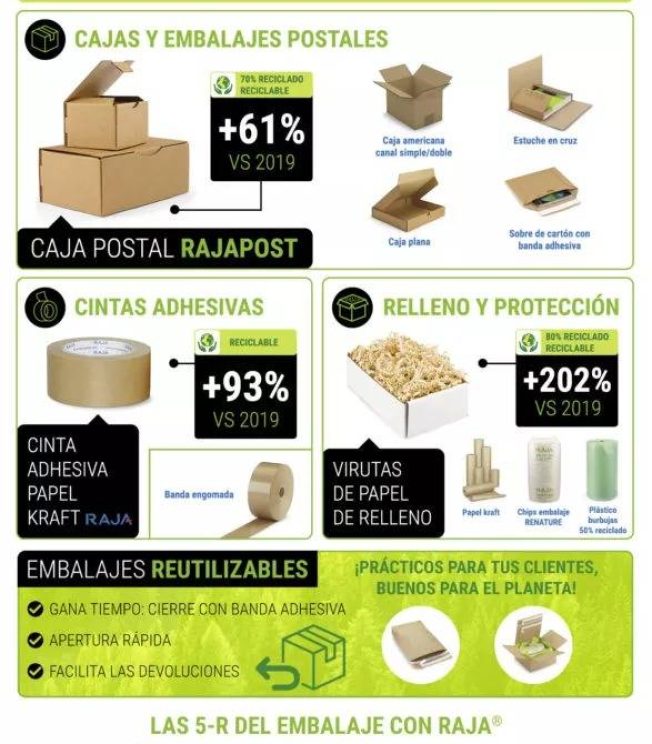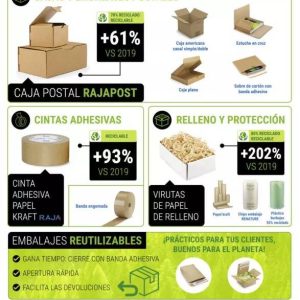Clear matter: Good and clear marking of work routes in the warehouse and production hall not only helps to avoid accidents, but also enables all processes to run smoothly and effectively. Only if it is known where pedestrians can safely move between the racks, where forklifts have the right of way and where exactly the pallet goes so that the colleague can approach it later with the forklift truck without any problems, only if every “road user” knows the regulations and complies with them, a smooth process is guaranteed – basically like in road traffic.
For this to happen, however, it is also important that the applicable rules and regulations are known to everyone or are recognisable and intuitively comprehensible in practice at first glance. As with information and warning signs or prohibition signs in road traffic, certain colour codes therefore also apply to internal company use.
Regulations for in-plant safety marking
How and where markings are to be used in the company is regulated by the Workplace Ordinance, specifically the Technical Regulation for Workplaces ASR A1.3 “Safety and Health Protection Markings”. There, in addition to the design
In addition to the design of escape and rescue plans, there are also regulations on safety and health protection signage. This includes, quite specifically:
The marking of stairways, landings and other danger points; the marking of loading areas, travel paths or footpaths and the marking of escape routes.
Safety and health protection marking in the sense of the ASR can be marking by means of signs, warning signs, acoustic or luminous signs as well as colour markings. Marking paints for the floor are just as suitable as marking tapes or stickers.
What properties must safety markings fulfil?
Safety markings on the floor must meet high requirements in order to be durable and clearly visible in the long term. In warehouses or factory halls, they must be able to withstand being driven over by forklift trucks and cleaning machines as well as contact with water, motor oils, chemicals and many, many feet. Outdoors, they also have to withstand the effects of the weather, such as UV radiation and temperature fluctuations, as well as being driven over by lorries weighing several tonnes. In addition to special marking tapes approved for outdoor use, spray-on marking paints and special floor marking nails are also suitable for extreme conditions such as constant truck traffic.
Ground marker
A floor marking is a coloured identification or marking that is applied to the floor (painted on, glued on…). It identifies routes or areas, for example restricted areas, parking zones, escape and rescue routes, etc. General colour codes apply, e.g. in road traffic temporary floor markings are yellow. In Germany, the installation of floor markings is regulated by the Technical Rules for Workplaces . In Austria, the Floor Markings Ordinance (Ordinance of the Federal Minister of Public Economy and Transport on Floor Markings) applies.
Marking of obstacles and danger spots: Two-colour
The ASR prescribes the following usage so that markings can be grasped intuitively and there is no long guesswork about the meaning of warning tapes, for example:
- Permanent obstacles and danger points (for example possible falling edges such as loading ramps or the swivel area of doors) are to be clearly recognisable and permanently marked by yellow and black stripes (so-called safety markings).
Temporary obstacles and danger points (for example a construction pit or similar) are to be marked with red and white stripes.
Marking of roadways and zones: Solid colour
Safety markings at the bottom of driveways shall, in accordance with ARS, be clearly marked in a highly visible colour (solid colour, preferably white or yellow) that contrasts as well as possible with the colour of the ground. In addition
3the markings must have a minimum width of 5 cm. In heavily trafficked zones, it is recommended to use marking nails or buttons – at least three per metre – for better durability.
The floors of pedestrian areas (usually yellow) and pallet or machine parking areas (also yellow, white or occasionally blue) are also marked in one colour. The law does not prescribe the colour – but for the sake of clarity, it is recommended not to get too creative.
The meaning of the colours
And this is what the colours mean in general:
- Red (round) = prohibition
- Red (square) = fire protection
- Blue = Mandatory
- Yellow = Warning
- Green = rescue signs and escape routes
Red means DANGER! RED should indeed be used sparingly and only in places where danger is imminent. Too much red has the opposite effect of what is intended: Attentiveness decreases!
Less is more! Always avoid an accumulation of safety signs. If the safety sign is no longer necessary, it should be removed to avoid confusion. Attention: When planning the different areas, always make sure that a maximum of 2 areas/ colours are adjacent to each other. Only in this way can the meaning be grasped “spontaneously”.
In good shape! Safety markings must be checked regularly to ensure that they are clearly visible, clean and well adhered. If necessary: renew! Especially outdoors: remove leaves or snow if necessary.
Slippage! Marker tapes can be a little more slippery than the surrounding area under certain circumstances, due to the material. To avoid this, you can use anti-slip surfaces or hall marking paint.
General advice
Marking tapes or marking paints?
In outdoor areas , marking paints are suitable due to the effects of the weather. Make sure the surface is dry and clean before application. For areas that are subject to particularly heavy use, such as markings on heavily frequented company premises with a fleet of lorries, paints with a high pigment content and thus a particularly high covering power are best suited. The colours are simply sprayed on – either with the help of a stencil or with the help of a marking trolley. Thanks to the percussion cord, straight lines are also possible. But marking tapes suitable for outdoor use also have their advantages: Unlike spray paint, there is no drying time (around 10 minutes).
For indoor use, self-adhesive marking tapes have become established. The advantages: No drying time, robust and removable if necessary. Depending on their nature, these marking tapes are also suitable for outdoor use. The following also applies when applying the marking tapes: The surface must be clean, dry and free of grease. And: For good adhesion to the ground, it is better not to overlap the tapes! A certain disadvantage: With stick-on markings, only the shapes and symbols available in the trade are possible. Free shapes and symbols can only be sprayed on, for example with the help of stencils.
Temporary safety markings? Stand-up!
If it is foreseeable that a marking will only be valid for a very limited time, safety markings that can be removed relatively easily should be used. Even simpler: Perhaps a warning sign would be suitable? These are usually very well noticed and have an enormously high degree of flexibility: they can simply be folded up and set up elsewhere. Of course, this mobility can also be a disadvantage: It is not 100% guaranteed that they will not be improperly moved or removed…
These are also safety markings
With collision protection and impact protection such as impact protection beams or impact protection bollards, not only can areas be marked, but machines, racks and the like can also be effectively protected against accidental collision.
Safety markings are therefore a really sensible and effective means of safeguarding operational processes. They ensure that everything runs smoothly!


















